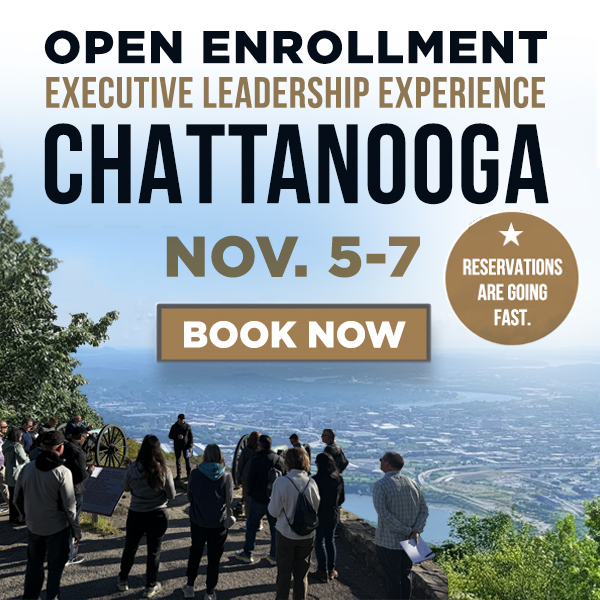A great leader is never a one-man band. Think of the most high-functioning organizations: their strength is not due to one person carrying the load. Great organizations are led by people who surround themselves with the right team members who share a vision and contribute their talents to drive toward that common goal. Leaders focused on growth must make the effort to not just build but develop their teams to hit those targets.
By 1903, Henry Ford had already chalked up two failed attempts to establish a company that manufactured practical, affordable automobiles for American families. In 1899, his first venture, the Detroit Automobile Company, foundered when Ford’s business partners insisted on manufacturing cars of inferior quality with high price points. Sales sputtered, and demand quickly waned. The company folded in 1901. Ford wasted no time in establishing the Henry Ford Company, but once again, his partners did not share his vision and instead were intent on making luxury cars. Ford resigned in disgust when one of them hired a consultant to refine the features of a new, high-priced model; the company was soon reincorporated as the Cadillac Automobile Company.
Everything changed when Ford received the backing of Alex Malcomson, a Detroit business tycoon who had made a fortune in the coal business. Malcomson, a risk taker who saw the potential in Ford’s dream, agreed to form a partnership and put up the cash. On June 16, 1903, the Ford Motor Company was incorporated. From the start, Malcomson and Ford agreed to their respective roles: Ford was head of design and production; Malcomson managed the finances.

The Ford Motor Company established a production facility on Mack Avenue in Detroit and began churning out the Model A. Sales were steady, and production and profits mounted. Soon it became apparent that the Mack Avenue plant was overwhelmed by demand. Ford secured a new factory site on Piquette Avenue and began scaling up production. He soon realized that he needed help to run the expanding operation. Ford assembled a team of associates—each of whom played a key role in catapulting the company to the top tier of automakers. Harold Wills, J.C. Smith, and Harry Love specialized in experimentation and design. Fred Seeman and Charles E. Sorensen directed the pattern-making efforts. Engineers Joseph Galamb and Oscar C. Bornholdt designed tools and developed new models. Frank Bennet and Fred Rockelman ran the motor testing room. On the financial side of the business, Malcomson installed his trusted clerk, James Couzens, to manage cash flow, orders, and billing.
By 1918, half of all cars in America were Model Ts. In the 1920s, one of Ford’s sales managers brought him a new slogan, “Buy a Ford, save the difference.” Ford changed it to read, “Buy a Ford, spend the difference.” In a word, Ford summed up the essence of his dream, to make mobility and consumerism accessible. Over 15 million Model Ts were produced, making it the most sold car in history.
Battlefield Leadership’s American Innovation Program at the Henry Ford Museum in Dearborn, Michigan, explores Ford’s visionary leadership and the way he did more than any other industrialist to bring about the modern age that became known as “the American century.” See the world that Ford was born into and worked to transform. Learn from his successes as well as his failures and gain an appreciation for building the right team at the right time to bring a vision to fruition.
We will see you on the battlefield.
Through our unique programs, leaders from Fortune 500 companies, government entities and higher education institutions learn how to overcome challenges and transform their organizations, positioning them for future successes. Find out how Battlefield Leadership can help your team by emailing info@battlefieldleadership.com or by calling 864.386.9637.


